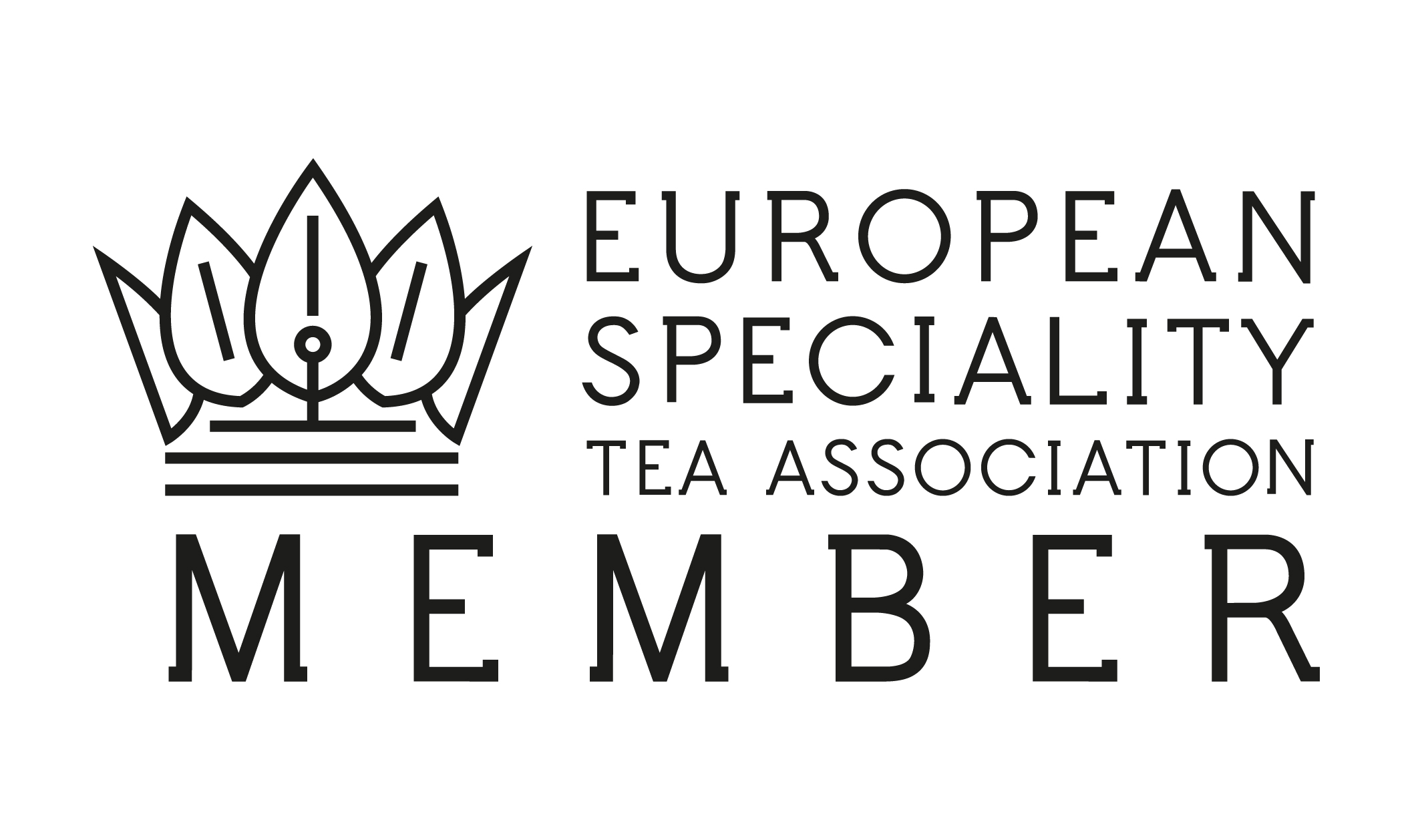
How White Tea’s are categorised
A white tea's classification is determined by a number of factors, including the way in which it is plucked, and the processes employed during production. The most crucial elements that constitute a white tea are:
-
Leaf Buds & Leaves: White tea is made from tender, unopened young buds of the tea plant (Camellia sinensis). These young leaves have very high levels of natural antioxidants.
-
Low Oxidation: As it is processed, the leaves and buds of white tea are subjected to very little in the way of oxidation. The leaves are then left to wither and dry naturally. This low amount of processing helps to keep the tea's subtle flavours.
-
Unique Flavour: White tea is revered for its delicate flavour which is sometimes described as subtly floral, or grassy, with sweet notes.
-
White Hairs: The term "white tea" is derived from the fine white hairs which cover the tea buds and leaves. These hairs give the tea a silvery appearance and are more noticeable in higher-quality white teas from India.
-
Light-coloured: When brewed, white tea produces a pale coloured liquid that can be described as anywhere between yellow to light amber in colour, which alters depending on the specific type of tea lea brewed and how it has been processed.
The production of White Tea in India
Whilst India is primarily known for its black teas, it also cultivates white teas in regions which have favourable conditions. Probably the most well-known region in India for white tea production is the Darjeeling district in the state of West Bengal. Darjeeling, renowned for its high-quality teas, produces some of the very best white teas which are highly sought after by tea enthusiasts worldwide.
The country's reputation for growing high quality tea has allowed white teas of Indian origin to gain recognition in the global market. The growth of white tea production in India reflects the evolving tastes of tea consumers in Europe and especially the UK who are increasingly seeking diverse and unique teas. In countries with a strong tea-drinking tradition, such as the UK, white tea is traditionally taken in the afternoon by tea-drinkers who seek a lighter and more refined tea.
Varieties of White Teas:
There are a number of well-known varieties of white tea, which include:
- Silver Needle: Made exclusively from unopened buds, Silver Needle is the most prized and delicate variety of white tea. It is renowned for its sweet and floral flavour profile and is considered one of the highest grades of white tea.
- White Peony White Peony consists of young buds and the upper leaves of the tea plant. It has a slightly bolder flavour than Silver Needle. White Peony is very popular and can therefore be easily found in shops right across Europe.
Long Life Eyebrow: Long Life Eyebrow makes use of the more mature leaves of the tea plant, resulting in a slightly stronger flavour and darker infusion compared to other white teas. It is less delicate than Silver Needle and White Peony varieties.

